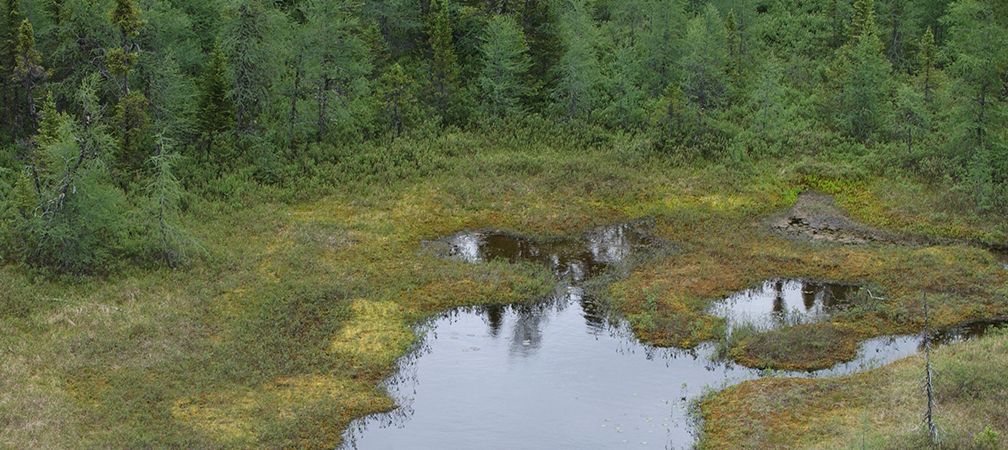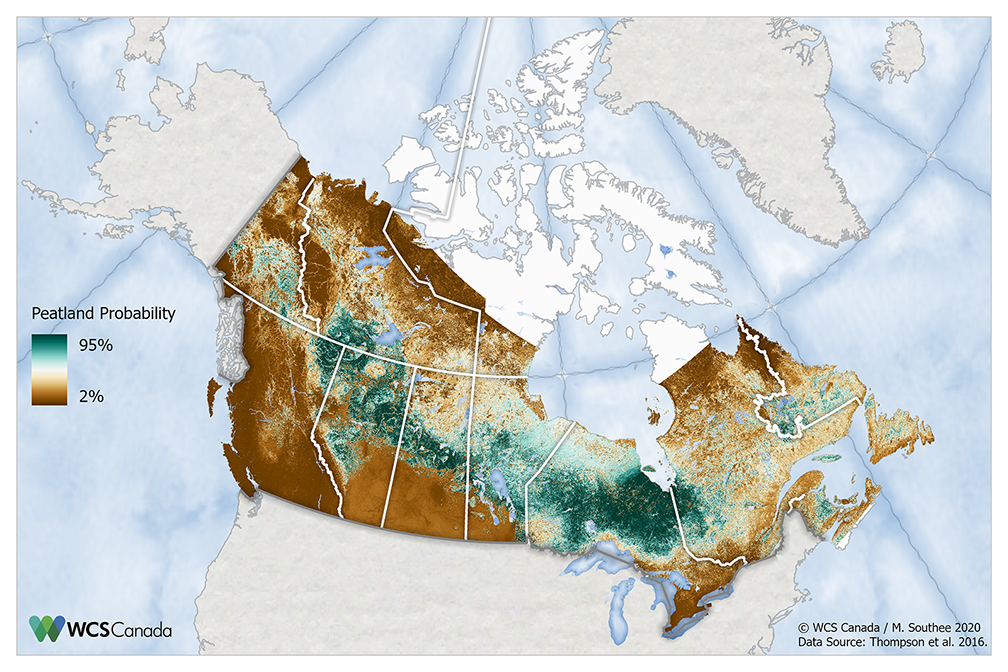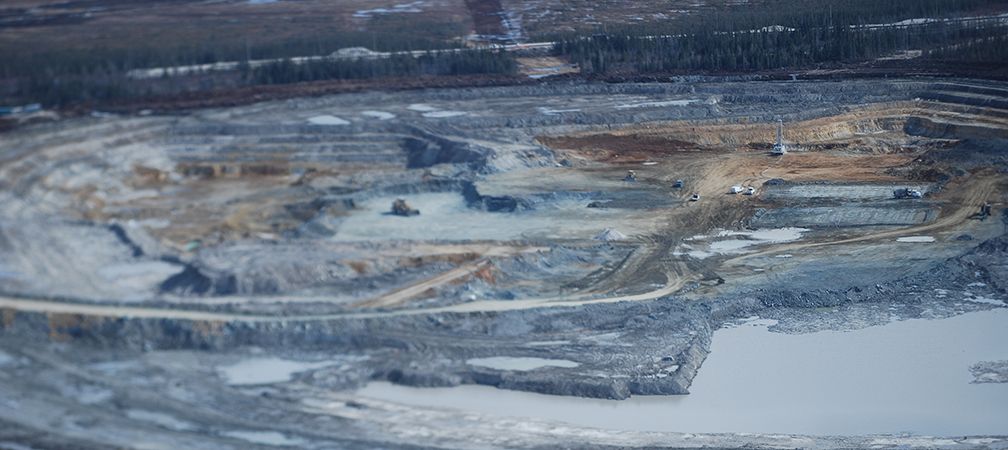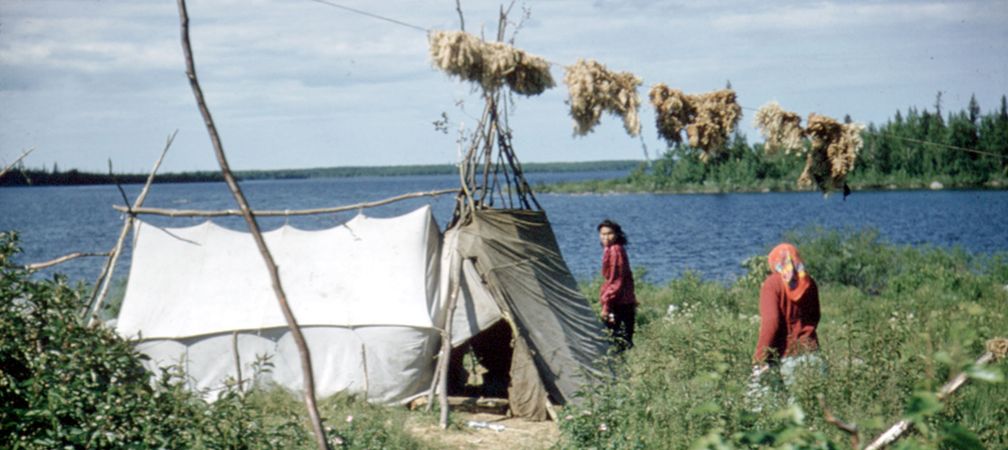Ontario Nature Blog
Receive email alerts about breaking conservation
and environmental news.
© Lora Denis
December 15, 2021–Jenna Cardoso
Climate Change•Indigenous Relations•Protected Places•Stewardship and restoration•Wetlands•Wild Species
James Bay peatlands © Ray Ford
Ontario’s peatlands store the most carbon in the country – more than all the other natural ecosystems in Ontario combined – making these terrestrial wetland ecosystems an essential nature-based climate solution. Yet, only 10% of peatlands are protected in Canada.

Peatlands are wetlands such as bogs and fens. Peat is created in wetlands by the partial decomposition of mosses, sedges and shrubs. The decomposition process is prolonged, taking thousands of years to form and growing at a rate of just 1mm per year.
Peatlands are home to various plants, lichens, migrating birds and endangered species – including woodland caribou and wolverines.
Canada is home to 25% of global peatlands, with Ontario’s Hudson Bay Lowlands being the second largest peatland complex in the world.

Canada’s peatlands store 150 billion tons of carbon – more carbon than the entire world emitted in 2020. However, when peatlands are destroyed, they release carbon that cannot be re-absorbed for hundreds of years, making them an irrecoverable carbon store.
Although Ontario is abundant in peatlands, they are largely unprotected. With the province’s wetlands in steep decline, protecting peatlands is critical as they are increasingly threatened by development and extraction activities.

Last month, the provincial government announced that Ontario will be “the number one manufacturer of electric battery-operated cars in North America,” and is proposing to change the Far North Act and lift protections on 225,000 km2 of land.
Rather than lifting protections, a more promising approach would be to work with Indigenous communities and prioritize conserving biodiversity throughout all stages of development.
Several Indigenous communities overlap with the Ring of Fire, including the Neskantaga First Nation. They are currently taking the province to court due to developers failing to consult with and respect Indigenous laws throughout the project. Partnering with them is critical for the project’s success.
“Two of the most pressing environmental issues in Canada today – climate change action and the protection of ecosystems – will only be successful with Indigenous leadership.” – Larry Sault, CEO, Anwaatin Inc.
Furthermore, with less than 11% of the province protected, we should be enhancing the protection of certain areas rather than removing protection measures. Instead of lifting protections in the north for mining, we must focus on permanently protecting large areas with species at risk, high biodiversity and high carbon storage.

Right now, there is an opportunity to achieve a cleaner future with electric vehicles, yet it is counterintuitive to believe that we can address climate change using methods that cause harm to Indigenous communities and nature. We must work with Indigenous communities and protect biodiversity every step of the way to ensure the long-term protection of the peatlands.
This project was funded by the Career-Launcher Internships program with the financial support of the Government of Canada through the federal Department of Environment and Climate Change, and an Anonymous Donor.

Gananoque Lake Nature Reserve © Smera Sukumar
You and your group are doing a magnificent job….keep up the good work!